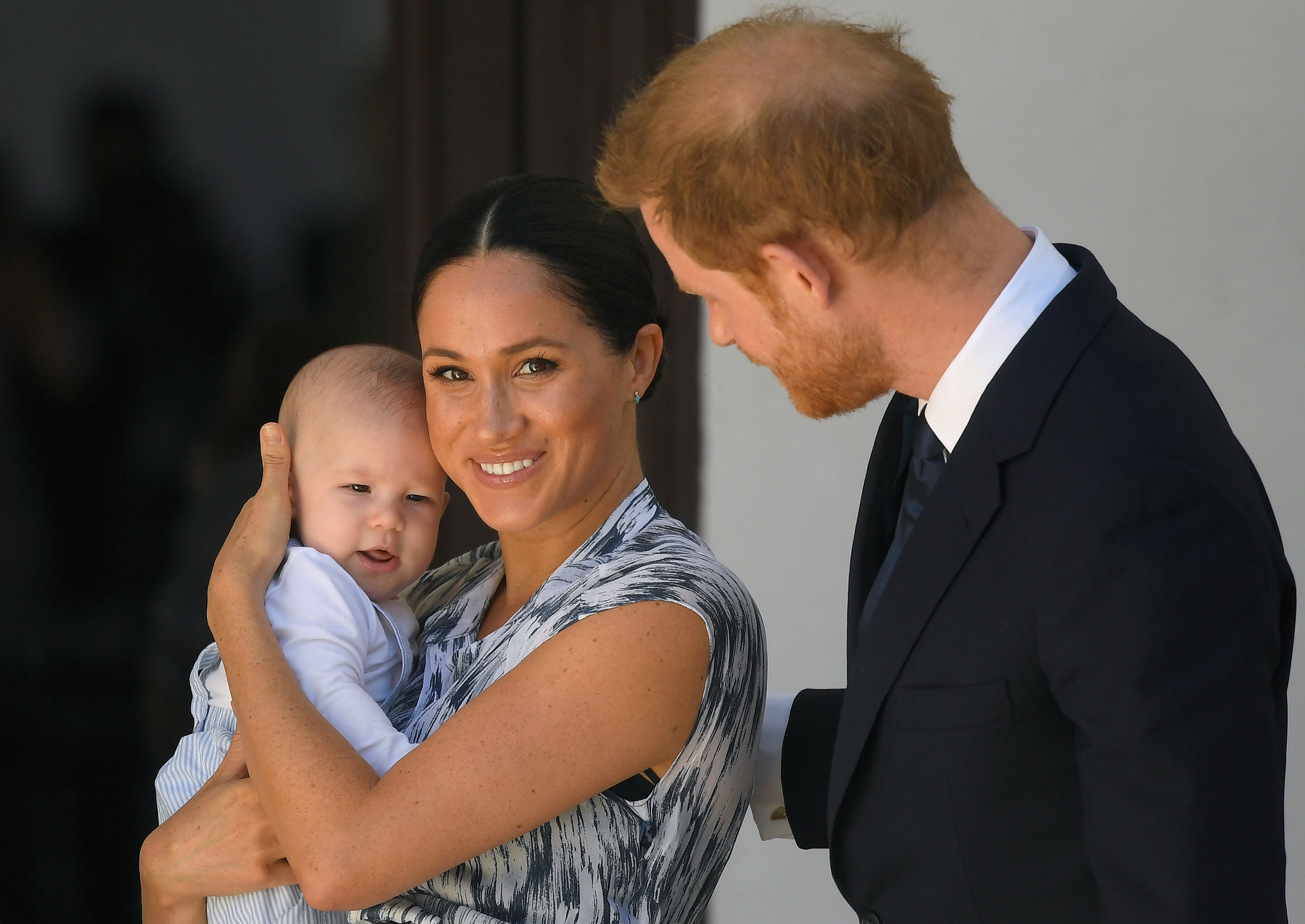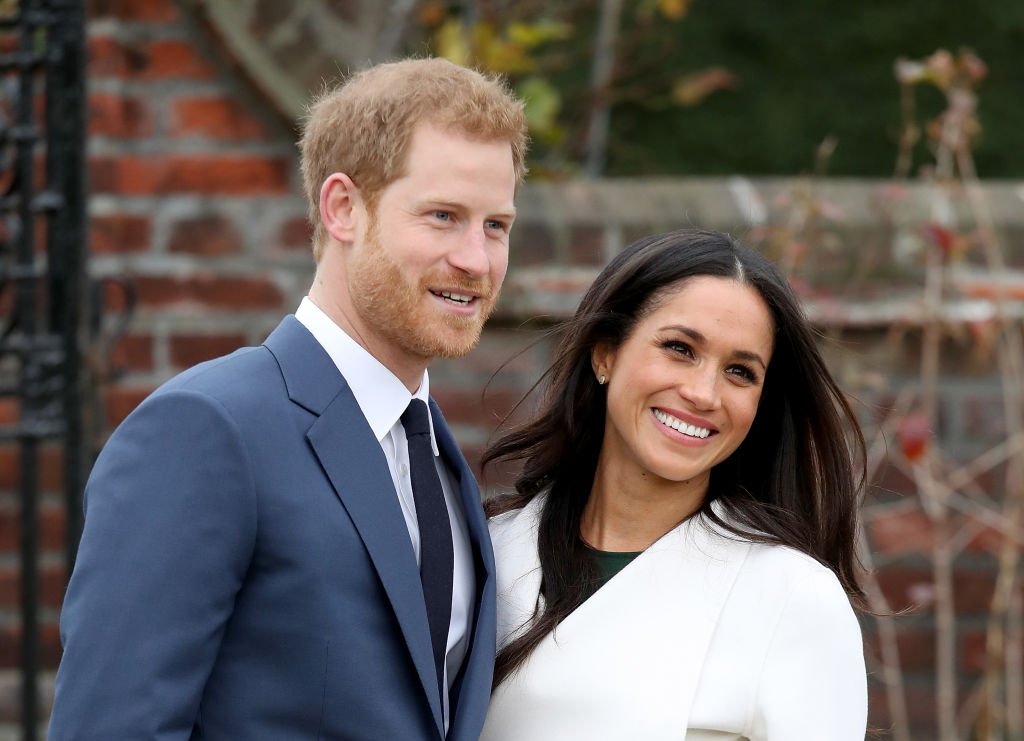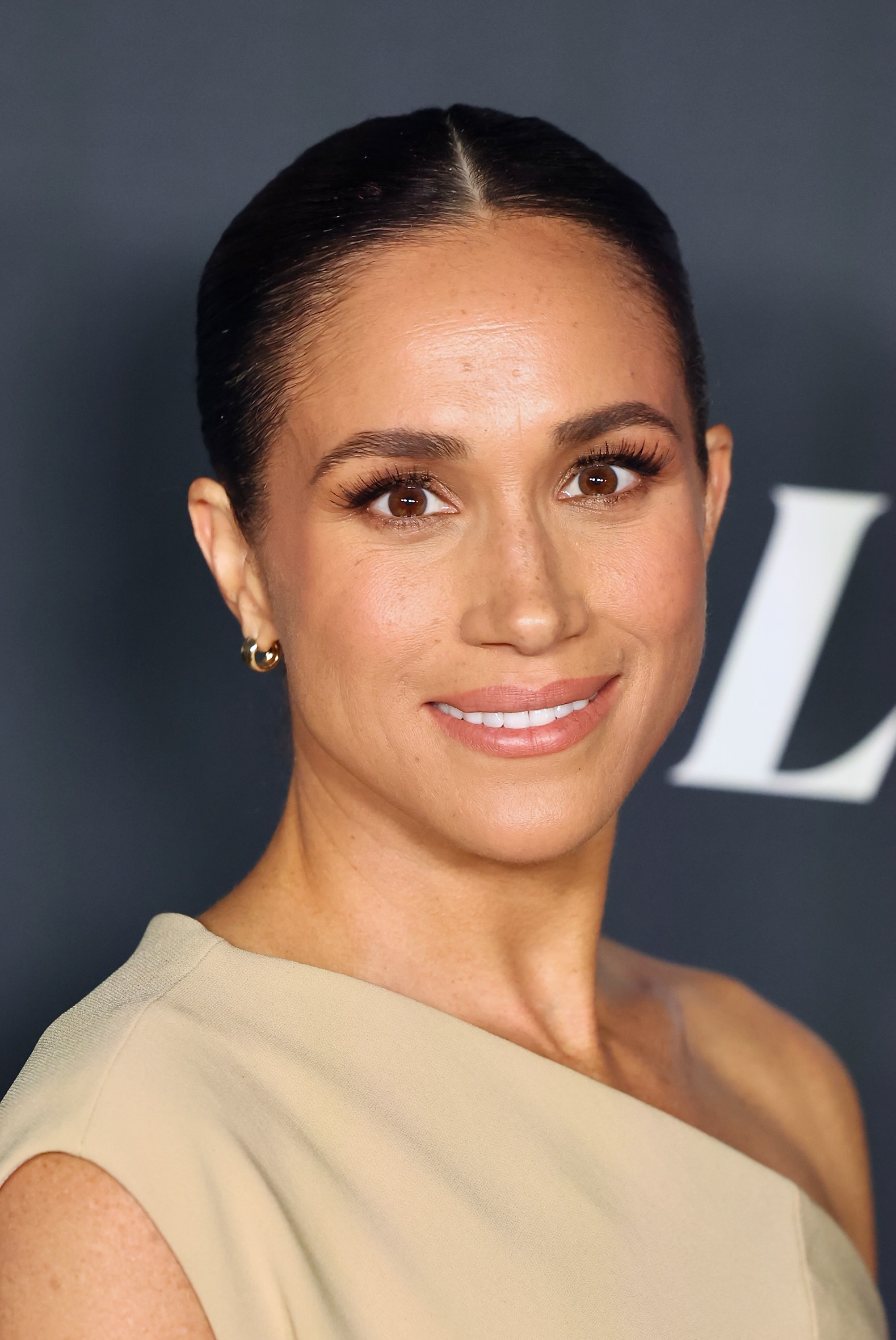Meghan Markle and Prince Harry have changed their children’s surnames in a move that comes after their children gained new titles within the Royal family.
In a groundbreaking move that underscores their unique position within the British royal family, Prince Harry and Meghan Markle, the Duke and Duchess of Sussex, have introduced an interesting approach to their children’s surnames.

Meghan Markle, Prince Harry, and Prince Archie during a photocall in St George’s Hall at Windsor Castle in 2019 | Source: Getty Images
Their two children, Archie, aged 4, and Lilibet, aged 2, previously known by the surnames “Mountbatten-Windsor,” have now embraced their royal titles as part of their official last names.

Prince Harry, Meghan Markle, and Prince Archie at the at the Desmond & Leah Tutu Legacy Foundation in South Africa in 2019 | Source: Getty Images
In a gesture well-received by Harry and Meghan, when he ascended the throne in 2022, King Charles III offered his grandchildren the prestigious prince and princess titles. They accepted the titles, but it was only later that they were used for the first time.
This remarkable transition was publicly acknowledged in March 2023 during the christening of Princess Lilibet, where the titles were officially used for the first time. The children’s names have since been updated on the royal family’s official website to “Prince Archie of Sussex” and “Princess Lilibet of Sussex.”

Prince Harry, Meghan Markle, and Prince Archie at the at the Desmond & Leah Tutu Legacy Foundation in South Africa in 2019 | Source: Getty Images
The adoption of “Sussex” as the family surname aligns with royal traditions, where titles and territorial designations often serve as surnames, further embedding the children’s royal lineage and their parents’ legacy within their names. This approach to surnames follows a historical precedent within the royal family, where names and titles are deeply intertwined with identity and heritage.

Prince Harry, Meghan Markle, and Prince Archie at the at the Desmond & Leah Tutu Legacy Foundation in South Africa in 2019 | Source: Getty Images
As outlined on the official royal website, royal surnames often reflect paternal lineage. However, the royal family has its unique traditions, with sovereigns typically adopting the name of their ‘House’ from their father.
This tradition ensures continuity and honors the familial legacy, as seen with the House of Windsor. Unless a monarch decided to change this tradition, members of the royal family, including Harry and Meghan’s children, would typically carry the “Mountbatten-Windsor” surname, a practice which Harry and Meghan have changed.
As previously reported on February 13:
Prince Harry and Meghan Markle recently launched a new website, transitioning from the Sussex Royal URL handle to simply Sussex. Despite stepping back from official royal duties, they continue to use their titles, Duke and Duchess of Sussex. The website includes a section designed to offer the public more insight into their lives and work.
Notably, Meghan’s page introduces her using only her first name, omitting her family name. This decision reflects a common practice among British Royals, who are frequently referred to by their first names and titles.

Prince Harry and Meghan Markle at The Sunken Gardens at Kensington Palace on November 27, 2017 | Source: Getty Images

Meghan Markle at the Variety Power of Women event in Los Angeles, California on November 16, 2023 | Source: Getty Images
Meghan’s impact and recognition are also highlighted through her inclusion in various world rankings, marking her as a notable figure on the global stage.
Now residing in California as a mother of two, Meghan and Harry have embarked on a new chapter away from their roles as senior members of the British Royal Family. Their children, Prince Archie and Princess Lilibet, whose names are emblematic of their continued connection to Harry’s heritage, are a significant part of their lives in America.

Meghan Markle at The Fashion Awards in London, England on December 10, 2018 | Source: Getty Images
Following their move, the couple launched the Archewell Foundation and introduced the podcast “Archetypes,” initiatives that underline their ongoing commitment to public service and discourse.

Meghan Markle at the College Women of The Year event in New York City on April 27, 2016 | Source: Getty Images
Meghan’s details are available on the Royal Family’s official website, though it offers limited information about her advocacies and activities. It mentions that she and her husband have stepped back as senior members, stating, “The Duchess will continue to support various charitable causes and organizations that align with her longstanding interests, including the arts, education access, women’s support, and animal welfare.”

Prince Harry and Meghan Markle at the Ms. Foundation Women of Vision Awards | Source: Getty images
Recently, in light of King Charles’ recent cancer diagnosis, Prince Harry returned to London to be by his father’s side. However, Meghan Markle decided to stay in America during this period.
The reasons behind Meghan’s choice to remain in America, while not confirmed were revealed by the King’s former butler, Grant Harrold.
“Meghan made the decision that it was best to stay home with the children, and maybe she feels that this is something Harry has got to do alone,” he said. “It’s his father. She’s aware of the close relationship and probably encouraged him to come over.”
As previously reported on February 13:
Since stepping back from royal duties and moving to America, Prince Harry and Meghan Markle’s royal-related actions have been scrutinized. Their recent website launch, has drawn attention for maintaining their royal titles on the landing page.

Meghan Markle spotted arriving for the Ripple Awards Gala in New York City on December 6, 2022 | Source: Getty Images
This move has sparked debates on Twitter, with some users questioning the necessity of these titles for the couple’s work and others calling for the titles to be removed, highlighting their disconnection from the monarchy.
Upon entering their new website, internet users are greeted with the line “THE OFFICE OF PRINCE HARRY & MEGHAN THE DUKE & DUCHESS OF SUSSEX.” Some frustrated social media users took their sentiments to Twitter and aired their thoughts.

Prince Harry and Meghan Markle in New York in 2022 | Source: Getty Images
“Question for the #SussexSquad weren’t y’all insisting that Harry & Meghan DO NOT NEED royal titles yet launched a website with exactly that?? #PATHETIC The Office of The Duke and Duchess of Sussex” one tweet read.
“They hold no official offices, they are not connected to the monarchy or the royal family with their work in any way,” another Twitter user pointed out.

Prince Harry and Meghan Markle at a local farming family, the Woodleys, on October 17, 2018 in Dubbo, Australia. | Source: Getty Images
“They need their titles removed from them,” a third protested, highlighting how Prince Harry and Meghan are profiting through the royal titles without honoring the royal family.
A fourth person wondered if it was legal for those who have left their royal duties to still hold the same title. “They have gotten away with too much already,” the person tweeted.

Prince Harry and Meghan Markle on March 9, 2020, in London, England. | Source: Getty Images
The new website features information about the couple, recent news, and links to their Archwell Foundation and Archwell Productions websites, differing from their former website’s focus on the three topics: supporting the community, serving the Monarchy, and strengthening the Commonwealth.
Most recently, Prince Harry flew to London after his father’s cancer diagnosis was revealed publicly. Meanwhile, his wife stayed home in California to take care of their two children.